Home>Furniture>Living Room Furniture>What Is An Armchair
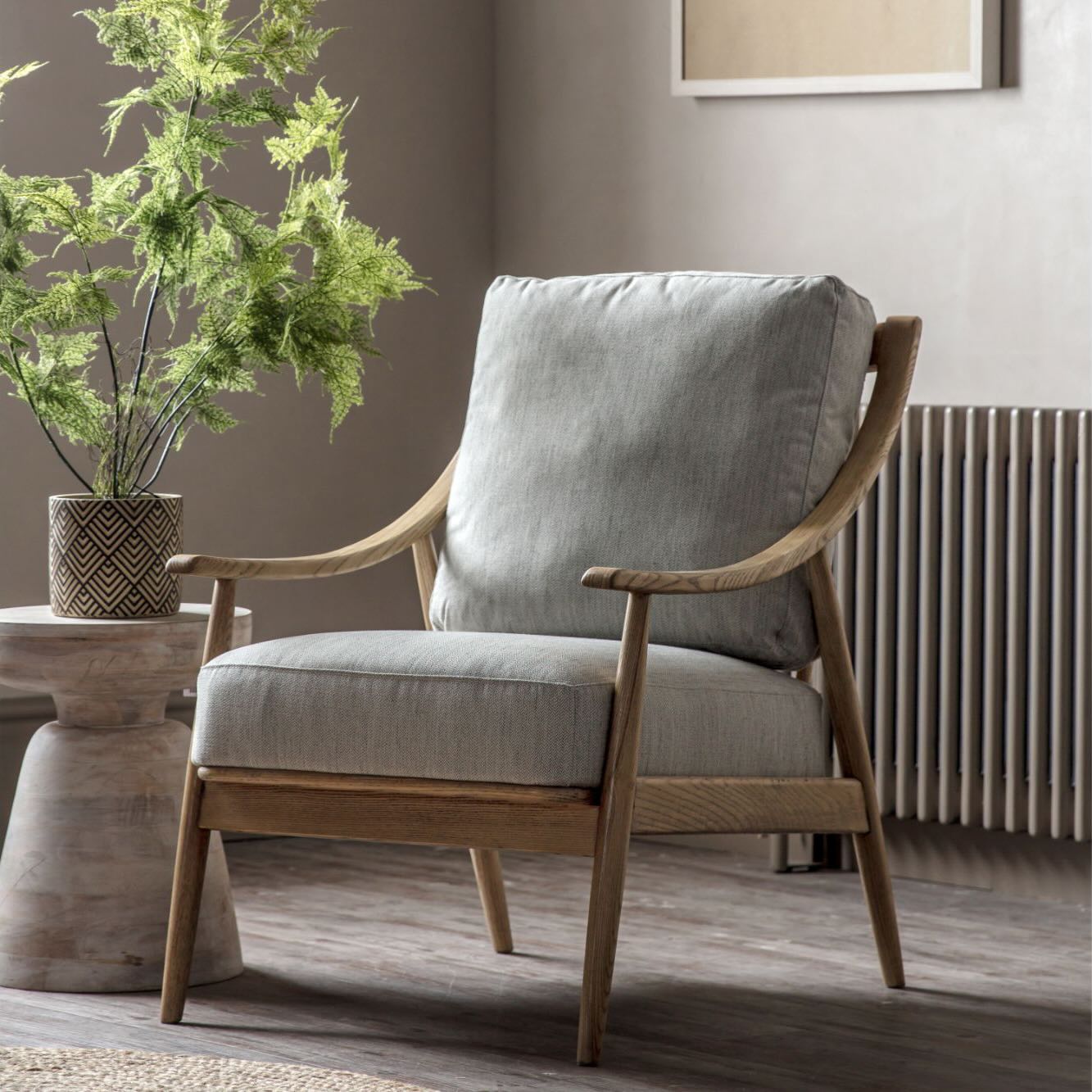

Living Room Furniture
What Is An Armchair
Modified: March 16, 2024
Discover the comfort and style of armchairs for your living room. Find the perfect piece of living room furniture to relax and unwind in.
(Many of the links in this article redirect to a specific reviewed product. Your purchase of these products through affiliate links helps to generate commission for Storables.com, at no extra cost. Learn more)
Introduction
Welcome to the world of armchairs, where comfort meets style. An armchair is not just a piece of furniture; it’s a sanctuary, a place where you can unwind, relax, and escape the pressures of the outside world. Whether you’re curling up with a good book, watching your favorite movie, or simply enjoying some quiet time, an armchair provides the perfect refuge.
Armchairs have been a staple in homes for centuries, their timeless appeal adding a touch of elegance and sophistication to any living space. They offer a level of comfort and support that other seating options simply can’t match. From their origins in ancient Egypt to their modern-day adaptations, armchairs have come a long way, evolving in design, materials, and functionality.
In this article, we will delve into the world of armchairs, exploring their history, different types, and the benefits they offer. You will also discover popular styles and designs to help you find the perfect armchair for your space, as well as tips on how to care for and maintain this cherished piece of furniture.
So, grab a cup of tea, settle into your armchair, and let’s embark on a journey to uncover the wonders of this timeless furniture piece.
Key Takeaways:
- Armchairs are more than just furniture; they’re cozy sanctuaries that offer comfort, style, and relaxation. From traditional wingback chairs to sleek contemporary designs, there’s an armchair to suit every taste and need.
- Proper care and maintenance are essential to keep armchairs looking their best. Regular cleaning, spot cleaning of stains, and protecting from direct sunlight can help preserve the beauty and longevity of these inviting pieces of furniture.
Read more: How To Reupholster An Armchair
Definition of an Armchair
An armchair, also known as an easy chair or lounge chair, is a type of upholstered chair that is designed with armrests for added support and comfort. It is typically larger and more cushioned than regular chairs, providing a cozy and relaxing seating option. The armrests on an armchair are positioned at a height that allows for the arms to rest comfortably while sitting.
The defining characteristic of an armchair is its arms, which not only provide support but also enhance the overall aesthetic appeal. The arms can be curved or straight, and they may vary in size and style depending on the design of the armchair. Some armchairs may have high, enveloping arms that create a cozy and intimate atmosphere, while others may have lower, sleeker arms for a more modern and minimalist look.
Armchairs are typically single-seater chairs, although some designs may have a small seating area that can accommodate two people. They are commonly found in living rooms, bedrooms, home offices, and even in commercial spaces such as hotel lobbies and waiting areas.
While armchairs are primarily designed for seating comfort, they often feature additional features such as reclining mechanisms, swivel bases, or built-in footrests to enhance relaxation. The upholstery used for armchairs can range from fabric to leather, offering a wide range of choices to match various interior styles and personal preferences.
Overall, an armchair is a versatile and stylish piece of furniture that combines functionality with aesthetics, providing a comfortable and inviting seating option for relaxation and leisure.
Historical Background of Armchairs
The history of armchairs dates back thousands of years. The concept of a chair with arms can be traced back to ancient Egypt, where pharaohs and nobles would sit on ornate chairs adorned with rich carvings and precious materials. These chairs were a symbol of power and prestige, reserved only for the elite.
In ancient Greece and Rome, armchairs became more commonplace. The design of these chairs evolved, featuring curved arms and intricate detailing. They were often made of wood and decorated with exquisite craftsmanship, showcasing the skill and artistry of the time.
During the European Middle Ages, armchairs were primarily used by the wealthy and noble class. They were seen as a status symbol, reflecting the owner’s wealth and social standing. Armchairs during this period often had high backs and were upholstered with luxurious fabrics, demonstrating opulence and grandeur.
The Renaissance period brought about a resurgence in the popularity of armchairs. The chairs became more ergonomic, with a focus on comfort and functionality. Designs were influenced by classical Roman and Greek styles, featuring graceful curves, ornate carvings, and upholstered seats and backs.
In the 18th century, armchairs underwent significant changes with the rise of the Rococo and Neoclassical styles. The chairs became lighter and more elegant, with curved lines and delicate detailing. French and English craftsmen were at the forefront of armchair design during this time, creating masterpieces that epitomized luxury and sophistication.
The Industrial Revolution in the 19th century brought advancements in manufacturing techniques, making armchairs more accessible to the middle class. The use of new materials such as iron and steel allowed for innovative designs and mass production. This period also saw the emergence of iconic armchair styles, such as the Wingback chair and the Chesterfield chair, which remain popular to this day.
In the 20th century, armchair design continued to evolve with the advent of modernism and the influence of renowned designers. The focus shifted towards simplicity and functionality, with clean lines and innovative materials. Designers such as Charles and Ray Eames and Marcel Breuer introduced groundbreaking armchair designs that challenged traditional notions of form and function.
Today, armchairs continue to be an integral part of interior design, offering comfort, style, and a touch of nostalgia. Whether it’s a classic wingback armchair or a modern ergonomic lounge chair, the historical legacy of armchairs is a testament to their enduring appeal and timeless elegance.
Types of Armchairs
Armchairs come in a variety of styles and designs, each with its own unique features and characteristics. Let’s explore some of the most common types of armchairs:
- Wingback Chair: Also known as a wing chair, this type of armchair is characterized by its high backrest and “wings” that extend from the back and wrap around the sides of the chair. The wings were originally designed to protect the sitter from drafts, hence the name. Wingback chairs are known for their traditional and formal appearance, often featuring luxurious upholstery and elegant detailing.
- Recliner Chair: A recliner armchair is designed to provide ultimate comfort and relaxation. It features a mechanism that allows the user to recline the backrest and extend a footrest. Recliners are ideal for those who enjoy lounging or taking naps, and they often come with adjustable features such as headrests and lumbar support.
- Club Chair: Also referred to as an English armchair, the club chair is a classic and timeless piece known for its deep seat, low back, and wide armrests. It exudes a sense of elegance and sophistication and is often upholstered in leather or rich fabrics. Club chairs are versatile and can complement various interior styles, from traditional to contemporary.
- Bergère Chair: Originating in 18th-century France, the bergère chair is a luxurious and comfortable armchair with upholstered sides, back, and seat. It usually features a loose cushion and exposed wooden frame. Bergère chairs are often adorned with carved motifs and decorative accents, giving them an exquisite and regal look.
- Swivel Chair: Swivel armchairs have a rotating base that allows the seat to swivel or rotate 360 degrees. This type of chair offers convenience and flexibility, as it allows the user to easily change their position or turn towards different areas in the room. Swivel chairs are popular choices for office spaces, as well as modern living rooms.
- Accent Chair: Accent chairs are designed to add a pop of color, pattern, or style to a room. They often feature bold and eye-catching upholstery, making them a focal point in the space. Accent chairs come in various shapes and designs, from sleek and modern to vintage-inspired.
These are just a few examples of the many types of armchairs available. Each type offers its own unique functionality, style, and charm, allowing you to choose the perfect armchair to suit your personal taste and the overall aesthetic of your space.
Characteristics of Armchairs
Armchairs are beloved for their distinctive features and qualities that set them apart from other types of chairs. Here are some key characteristics of armchairs:
- Armrests: The most defining feature of an armchair is its armrests. Armrests provide a comfortable place to rest your arms while sitting and can vary in size, shape, and style, depending on the design of the armchair.
- Comfort: Armchairs are designed with utmost comfort in mind. They are typically larger and more cushioned than regular chairs, offering ample support for the back, seat, and arms. The ergonomic design of armchairs allows for prolonged sitting without discomfort.
- Upholstery: Armchairs are often upholstered with fabric, leather, or a combination of both. The upholstery adds an element of luxury and also contributes to the overall aesthetics of the chair. Different upholstery materials offer different textures, colors, and patterns to suit various interior styles and personal preferences.
- Frame and Construction: Armchair frames can be made of various materials such as wood, metal, or a combination of both. The frame provides the structure and stability of the chair. High-quality armchairs are constructed with precision and attention to detail to ensure durability and longevity.
- Style and Design: Armchairs come in a wide range of styles and designs to complement different interior aesthetics. From traditional and classic to modern and contemporary, there is an armchair style to suit every taste. The design of the armchair can also reflect specific periods in history or be inspired by iconic furniture designers.
- Functionality: Armchairs are not just about aesthetics; they also offer additional functionality. Some armchairs may have reclining mechanisms, swivel bases, built-in footrests, or even storage compartments, providing extra convenience and versatility.
- Versatility: Armchairs can be used in various rooms and settings, including living rooms, bedrooms, home offices, and even commercial spaces. They can serve as statement pieces or blend seamlessly into the existing decor, making them versatile and adaptable to different interior design styles.
These characteristics contribute to the charm and appeal of armchairs, making them an essential piece of furniture in any home or space. Whether you’re looking for a cozy reading nook, a stylish accent chair, or a comfortable seat to relax in, armchairs offer the perfect combination of comfort, style, and functionality.
An armchair is a comfortable chair with side supports for the arms. It is often used for relaxing, reading, or watching TV. Look for one with good cushioning and sturdy construction for lasting comfort.
Read more: How To Clean Armchair Fabric
Benefits of Using an Armchair
Armchairs offer a multitude of benefits that make them a popular choice for both style and comfort. Here are some key benefits of using an armchair:
- Comfort and Relaxation: Armchairs are designed with utmost comfort in mind. With their soft cushions, supportive backrests, and armrests, they provide a cozy and relaxing seating option. Whether you’re reading a book, watching TV, or simply unwinding after a long day, an armchair offers a comfortable and soothing experience.
- Posture Support: The ergonomic design of armchairs ensures proper posture support. The backrest and armrests provide the necessary support for your spine, neck, and arms, helping to alleviate discomfort and strain. This can be especially beneficial for individuals who spend long hours sitting or have back-related issues.
- Style and Aesthetics: Armchairs are not just functional; they also add a touch of style and elegance to any room. With a wide range of designs, materials, and upholstery options available, armchairs can complement various interior styles and become a statement piece or blend seamlessly into the existing decor.
- Versatility: Armchairs can be used in different rooms and settings, offering versatility in their functionality. Whether as a reading chair in the living room, a cozy accent chair in the bedroom, or a comfortable seat in a home office, armchairs provide flexible seating options for various needs.
- Socializing and Entertainment: Armchairs create a welcoming and inviting atmosphere, making them ideal for socializing and entertaining guests. They provide a comfortable and relaxed seating arrangement where conversations can flow and bonds can be strengthened.
- Privacy and Personal Space: Armchairs can create a sense of privacy and personal space within a larger room. With their enveloping high backs and side wings, they can create a cozy nook where you can retreat, read a book, or have some alone time.
- Improved Mental Well-being: Taking the time to relax and unwind in an armchair can have a positive impact on mental well-being. It provides a dedicated space for self-care and helps reduce stress and anxiety. The comfort and tranquility offered by an armchair can contribute to a sense of contentment and relaxation.
Overall, armchairs offer a combination of comfort, style, and functionality, enhancing both the physical and emotional well-being of individuals. Whether you’re seeking a cozy spot to read, a stylish addition to your home decor, or a comfortable seat for relaxation, an armchair provides the perfect solution.
Popular Armchair Styles and Designs
Armchairs come in various styles and designs, each with its own unique characteristics and aesthetic appeal. Here are some popular armchair styles that have stood the test of time:
- Traditional: Traditional armchairs are timeless and elegant, inspired by classic designs from different periods like Georgian, Victorian, or Louis XVI. They often feature intricate detailing, such as carved wood accents, button tufting, and rolled arms. Traditional armchairs are typically upholstered in rich fabrics like velvet or brocade, showcasing a sense of luxury and sophistication.
- Mid-Century Modern: Mid-century modern armchairs gained popularity during the mid-20th century and continue to be sought after for their timeless appeal. These chairs are characterized by clean lines, organic shapes, and minimalist design elements. They often feature exposed wood frames, tapered legs, and bold geometric patterns. Mid-century modern armchairs bring a touch of retro charm to contemporary spaces.
- Scandinavian: Scandinavian armchairs are known for their simplicity, functionality, and understated elegance. Influenced by Scandinavian design principles, they showcase clean lines, natural materials, and a focus on comfort. These chairs often feature light-colored upholstery, slender frames, and ergonomic shapes that prioritize both style and coziness.
- Contemporary: Contemporary armchairs encompass a wide range of styles, reflecting the current trends in design. They can vary from sleek and minimalist to bold and eclectic. Contemporary armchairs often feature innovative materials, geometric shapes, and unique designs that make a statement in any room.
- Vintage and Retro: Vintage and retro armchairs bring a nostalgic charm to any space. They feature designs from past decades, such as tuxedo-style chairs from the 1920s or mod-inspired chairs from the 1960s. Vintage and retro armchairs often feature vibrant colors, bold patterns, and distinctive shapes that add character and personality to a room.
- Industrial: Industrial-style armchairs draw inspiration from factories and warehouses, combining raw materials with functional design. They often feature metal frames, leather or distressed upholstery, and exposed hardware. Industrial armchairs add a touch of urban sophistication and ruggedness to modern interiors.
These are just a few examples of the popular armchair styles and designs available today. Whether you prefer a traditional look, a mid-century vintage vibe, or a sleek contemporary design, there’s an armchair style to suit your personal taste and complement your home decor.
How to Choose the Right Armchair for Your Space
Choosing the right armchair for your space involves considering several factors to ensure that it meets your comfort needs and complements your interior design. Here are some tips to help you select the perfect armchair:
- Measure your space: Before you start shopping for an armchair, measure the area where you plan to place it. Consider the width, depth, and height of the available space to ensure that the armchair will fit comfortably without overwhelming the room.
- Determine the purpose: Think about how you plan to use the armchair. Will it be a cozy reading spot? A stylish accent piece? Or a functional seat for everyday use? Identifying the purpose will help you narrow down your options and choose an armchair that meets your specific needs.
- Consider the style: Choose an armchair style that complements your existing decor and reflects your personal taste. Consider the overall aesthetic of your space. Do you prefer a traditional, modern, or eclectic look? Select an armchair that harmonizes with the existing furniture and design elements.
- Think about the upholstery: The upholstery of the armchair plays a significant role in its appearance and comfort. Consider the color, texture, and durability of the fabric or leather. Darker colors and patterns can hide stains and wear, while lighter colors can brighten up a room. Choose a fabric that suits your lifestyle and consider if it will be easy to clean and maintain.
- Test the comfort: Sit in the armchair and test its comfort level before making a decision. Check the cushioning, back support, and armrests. Ensure that the seat depth and height are suitable for you. A comfortable armchair should provide adequate support and allow you to relax for extended periods.
- Consider the armchair’s frame: The frame of the armchair should be sturdy and durable. Look for hardwood frames or metal frames for long-lasting quality. Avoid armchairs with frames made from low-quality materials that may warp or break over time.
- Take your body size into account: Consider your body size and proportions when choosing an armchair. If you are taller, look for armchairs with higher backs for better head and neck support. If you are shorter, make sure the armchair’s seat depth allows your feet to touch the floor comfortably.
- Try different styles and designs: Don’t be afraid to explore different armchair styles and designs. Visit furniture showrooms or browse online to get a sense of the available options. Sit in different armchairs to experience their comfort and assess their aesthetics. This will help you find the perfect armchair that ticks all the boxes for your space.
By considering these factors and taking the time to explore your options, you can find an armchair that not only fits seamlessly into your space but also provides the comfort and style you desire.
Proper Care and Maintenance of Armchairs
Proper care and maintenance of armchairs are essential to ensure their longevity and keep them looking their best. Follow these guidelines to keep your armchairs in excellent condition:
- Regular Cleaning: Vacuum or brush your armchair regularly to remove dust, dirt, and crumbs. Pay attention to crevices and seams where debris may accumulate. Use a soft brush attachment to avoid damaging the fabric or upholstery.
- Spot Cleaning: Attend to spills and stains immediately. Blot the area gently with a clean, absorbent cloth to soak up the liquid. Avoid rubbing the stain, as it may further set it into the fabric. Follow the manufacturer’s guidelines regarding spot cleaning solutions or use a mild detergent specifically designed for upholstery, carefully testing it on a hidden area first.
- Rotate Cushions: If your armchair has removable cushions, rotate them regularly to ensure even wear. This will help maintain the shape and prolong the lifespan of the cushions. Fluff and reshape cushions as needed to retain their plumpness and comfort.
- Protect from Direct Sunlight: Prolonged exposure to direct sunlight can fade and damage the fabric or upholstery of armchairs. Position your armchair away from windows or use curtains or blinds to filter sunlight and prevent fading.
- Use Armrest Covers: Armrests can accumulate oils, dirt, and sweat from regular use. Consider using armrest covers or throws to protect them and keep them clean. These covers are generally machine washable, making them easy to maintain.
- Avoid Sharp Objects: Be cautious of sharp objects, such as pets’ claws or jewelry, that could potentially scratch or snag the fabric or upholstery of the armchair. Use caution when placing items on or near the armchair to prevent accidental damage.
- Professional Cleaning: For deep cleaning or stubborn stains, consider professional upholstery cleaning services. They have the expertise and specialized equipment to handle delicate fabrics or intricate details without causing any damage. Follow the manufacturer’s recommendations for professional cleaning intervals.
- Keep Pets and Children Away: To prevent damage and spills, especially with younger children or pets, consider implementing rules or using protective covers when necessary. Train pets not to jump or scratch on the armchair, and provide alternative spots for them to rest.
- Follow Manufacturer’s Instructions: Always refer to the manufacturer’s care and maintenance instructions specific to your armchair. Different materials and upholstery fabrics may require specific cleaning methods and products. Following these instructions will help ensure that your armchair stays in optimal condition.
By following these care and maintenance tips, you can enjoy your armchairs for many years to come, preserving their beauty, comfort, and functionality.
Read more: How To Make Armchair Slipcovers
Conclusion
Armchairs are more than just pieces of furniture; they are inviting sanctuaries that offer comfort, style, and relaxation. From their historical roots to the wide variety of styles and designs available today, armchairs have evolved into timeless pieces that can enhance any living space.
Choosing the right armchair for your space involves considering factors such as size, style, and comfort. Whether you prefer a traditional wingback chair, a sleek mid-century design, or a contemporary accent chair, there is an armchair that will meet your needs and reflect your personal style.
Not only do armchairs bring aesthetic appeal to a room, but they also offer several benefits. Armchairs provide comfort, support proper posture, and can have a positive impact on mental well-being. They can serve as a cozy spot for relaxation, a gathering place for socializing, or a private retreat for personal time.
To keep your armchair in excellent condition, it’s important to follow proper care and maintenance guidelines. Regular cleaning, spot cleaning of stains, rotating cushions, and protecting from direct sunlight are essential practices to maintain the beauty and longevity of your armchair.
As you embark on the journey of finding the perfect armchair for your space, take the time to explore different styles, test for comfort, and consider the overall aesthetic of your room. By finding a well-designed and comfortable armchair, you can create a cozy and inviting atmosphere that you and your loved ones will enjoy for years to come.
Invest in an armchair that not only complements your style but also caters to your need for comfort and relaxation. Create a space that beckons you to sit back, unwind, and enjoy the serenity that only a well-crafted armchair can provide.
Frequently Asked Questions about What Is An Armchair
Was this page helpful?
At Storables.com, we guarantee accurate and reliable information. Our content, validated by Expert Board Contributors, is crafted following stringent Editorial Policies. We're committed to providing you with well-researched, expert-backed insights for all your informational needs.
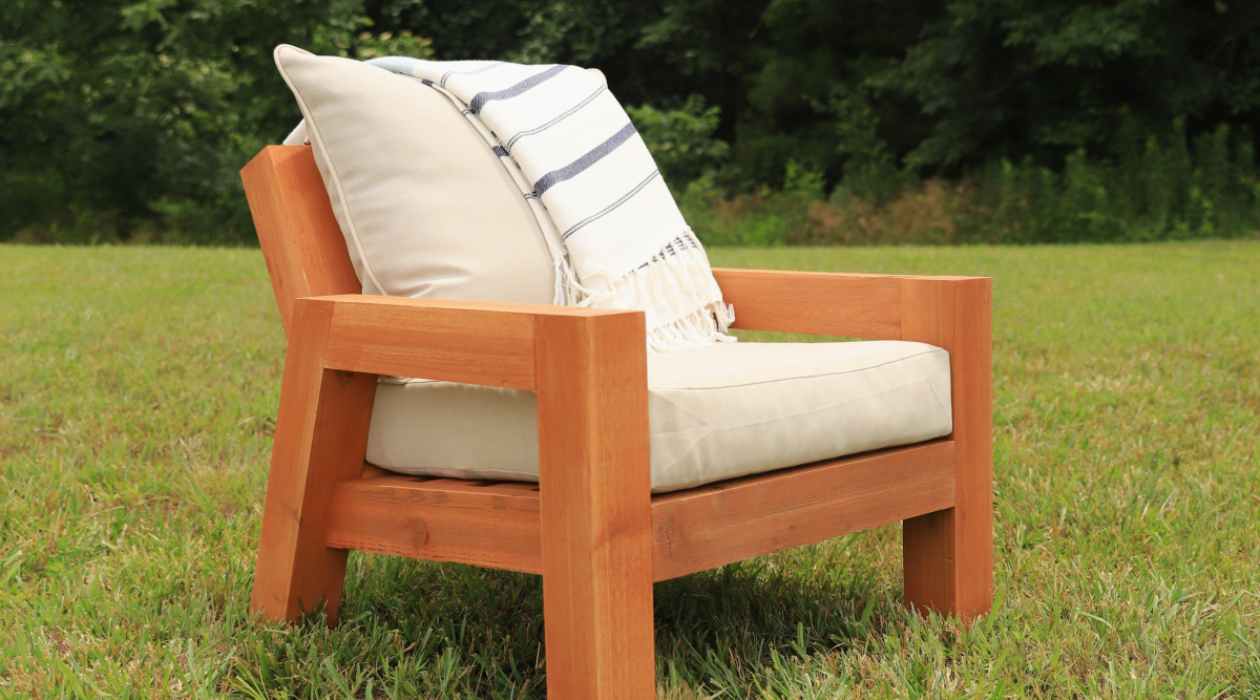
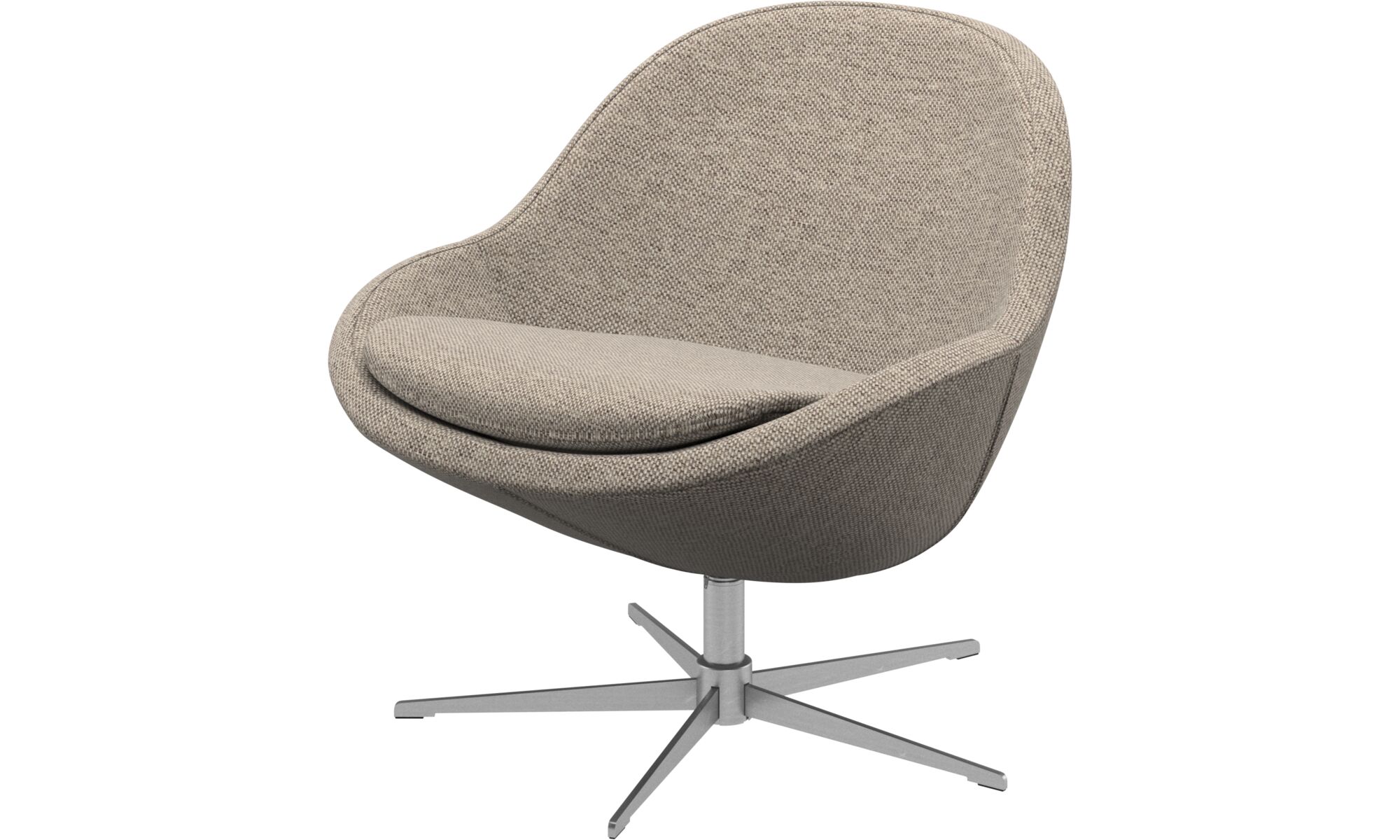
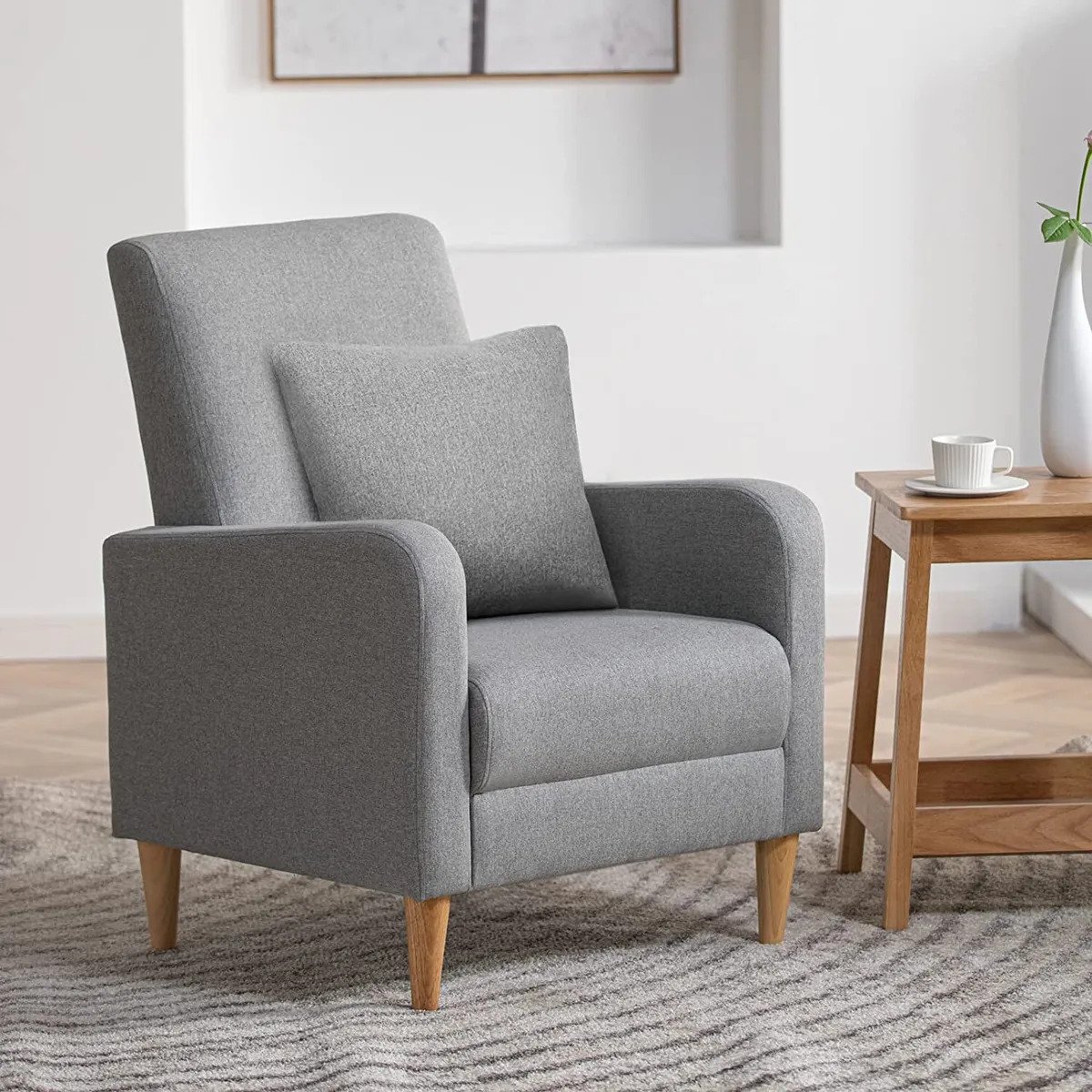
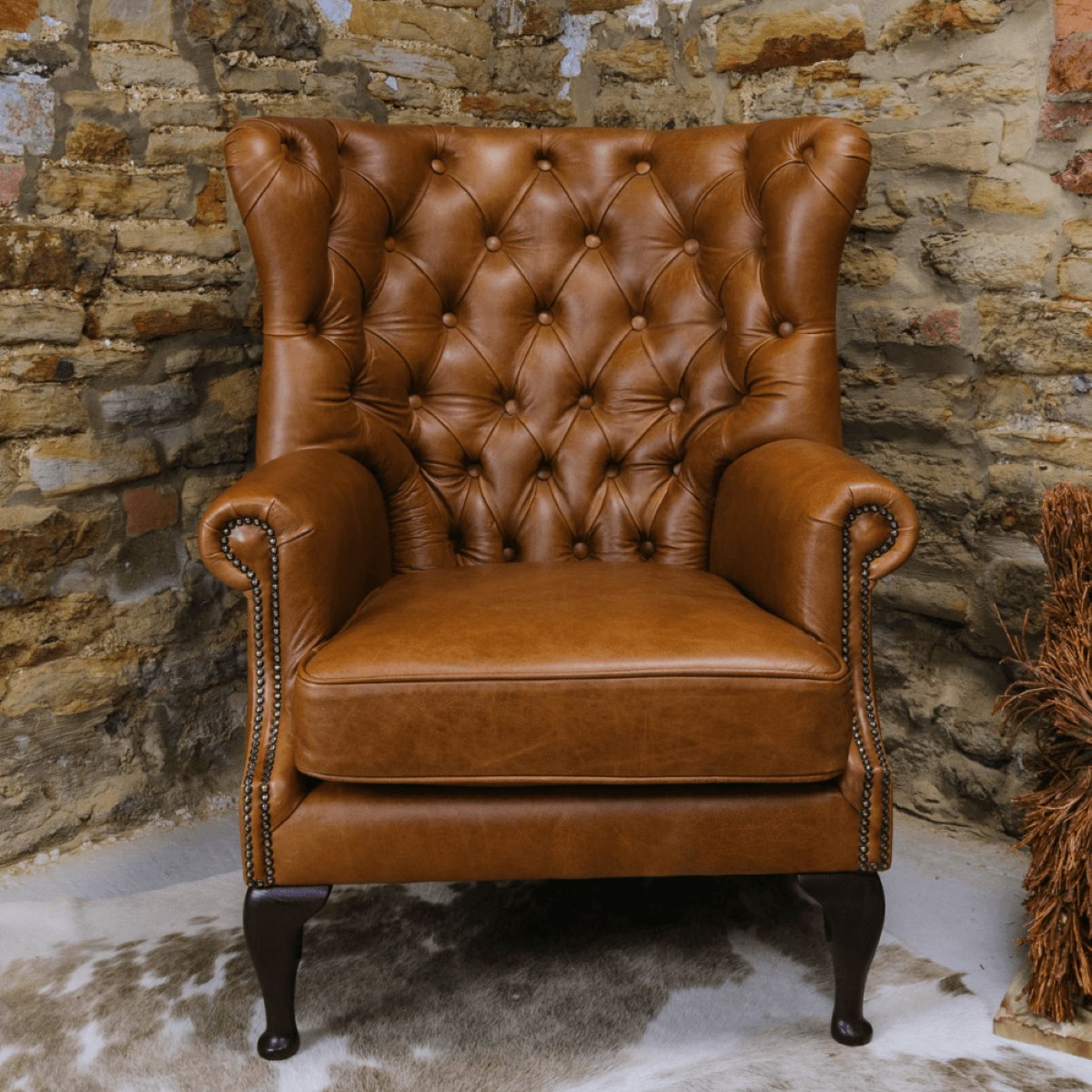
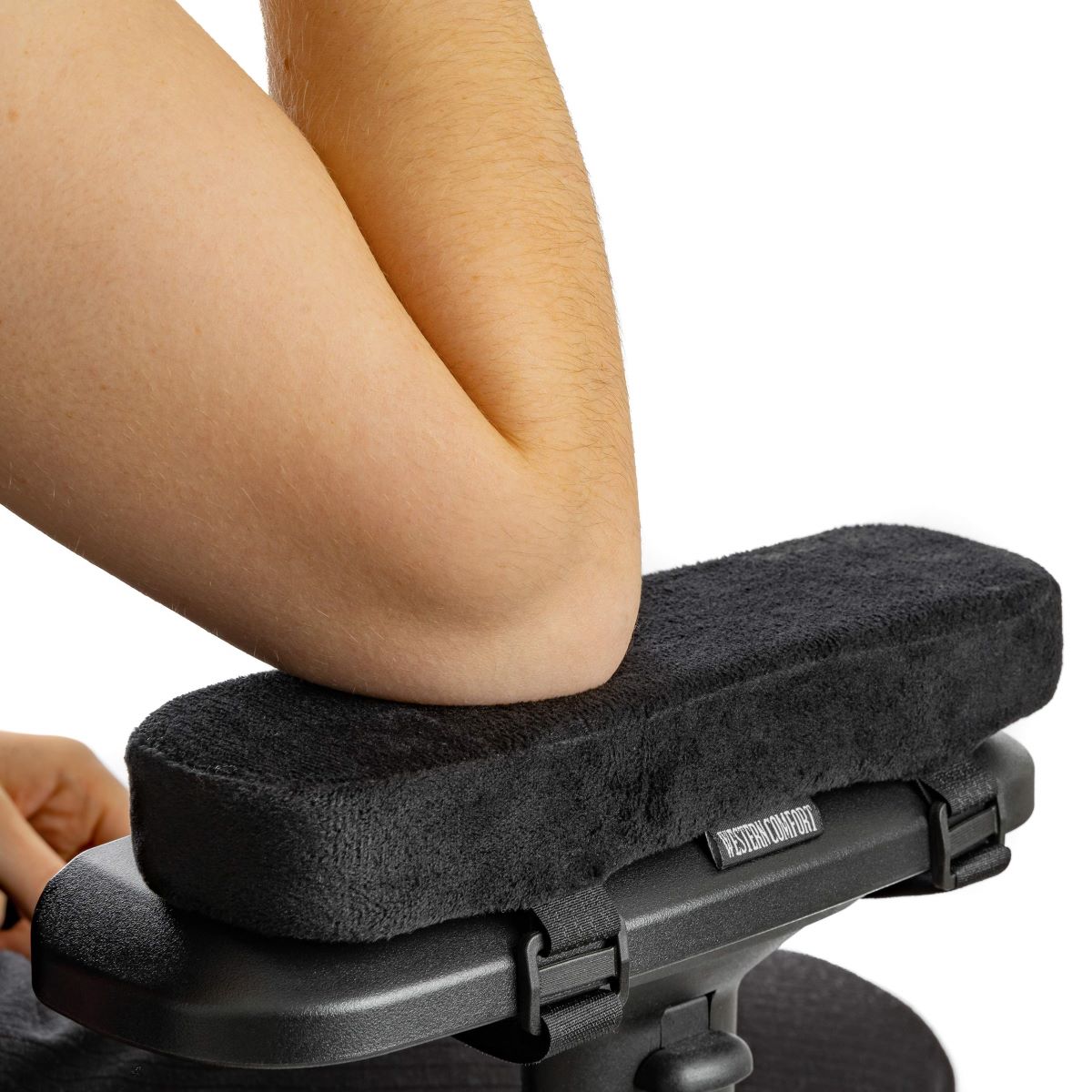
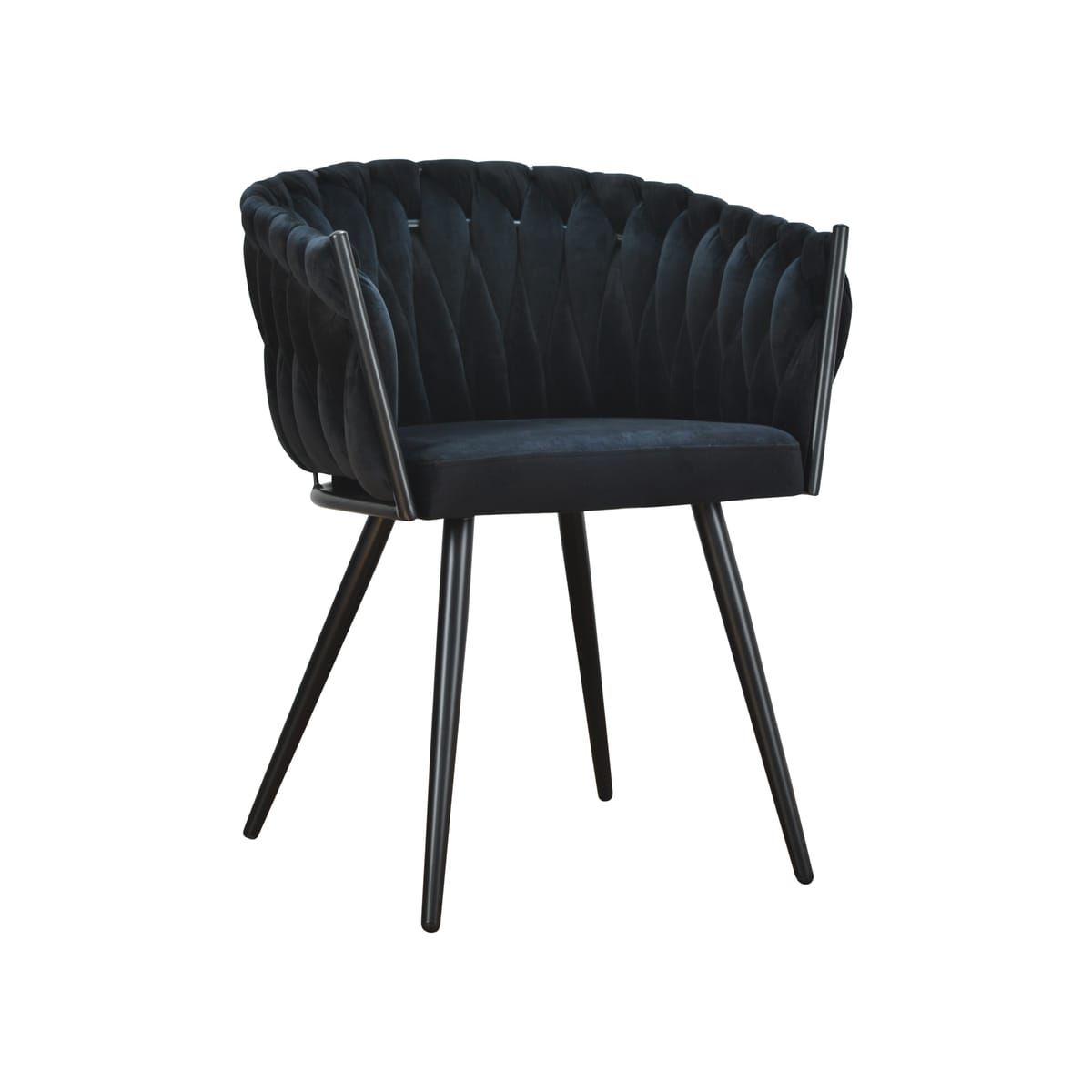
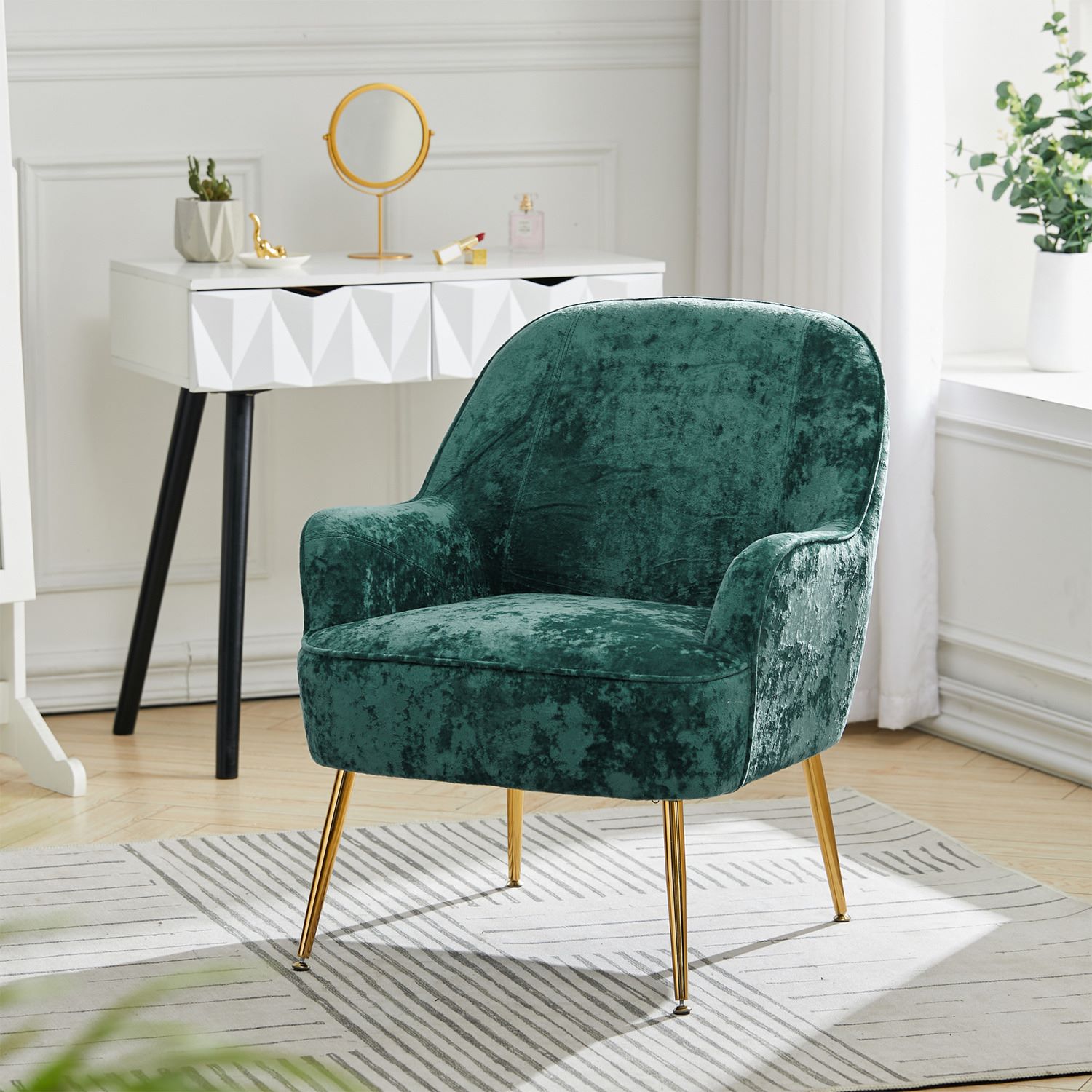
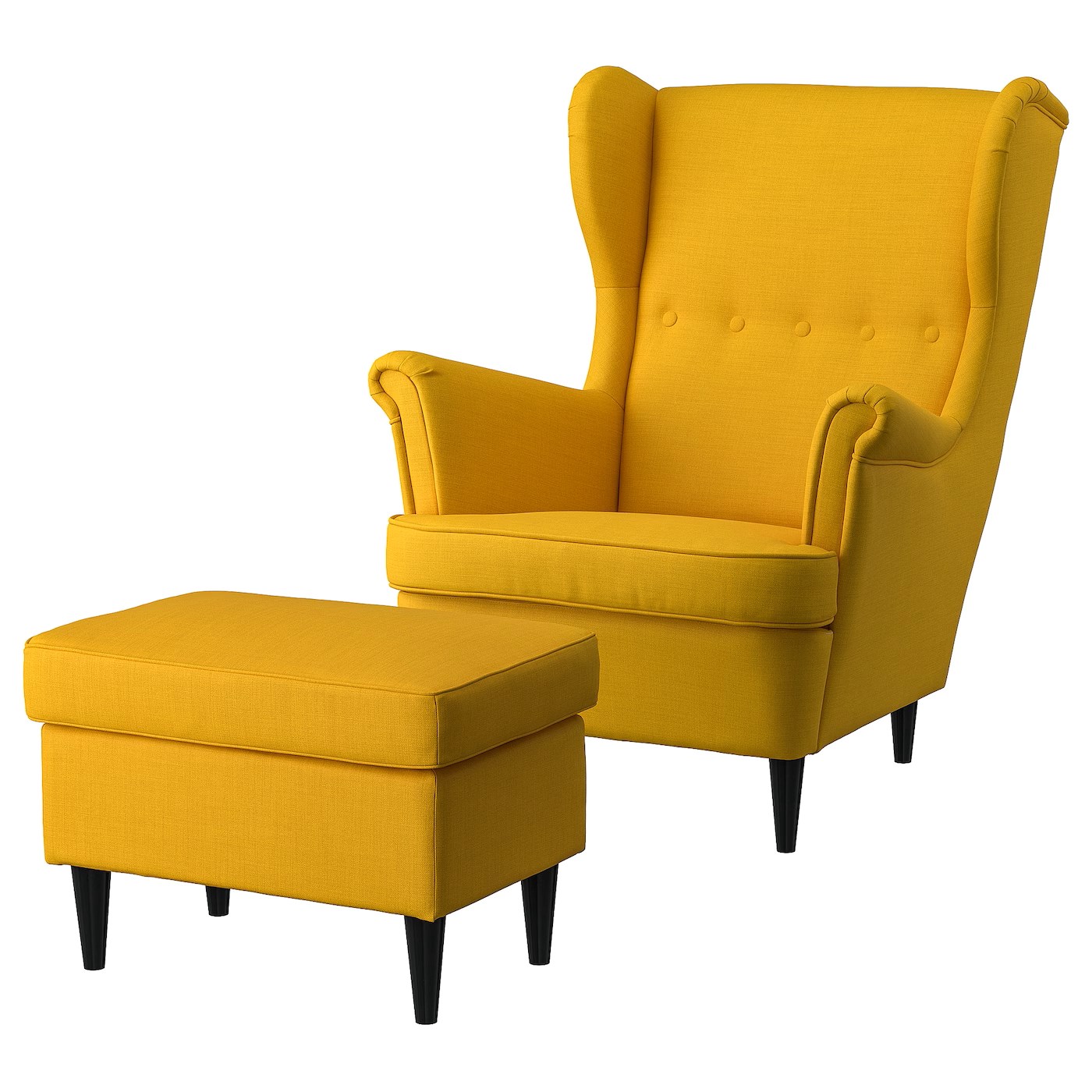
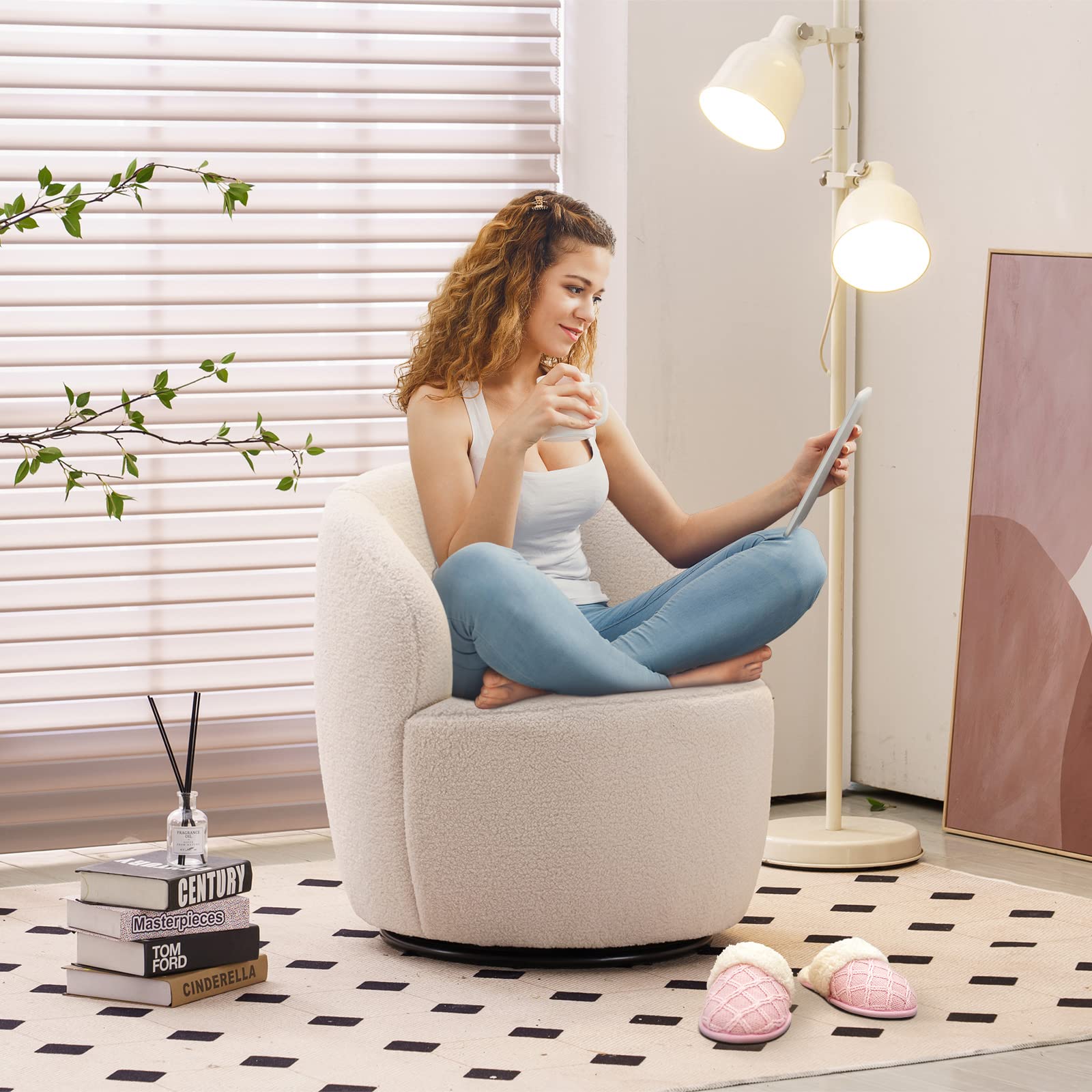
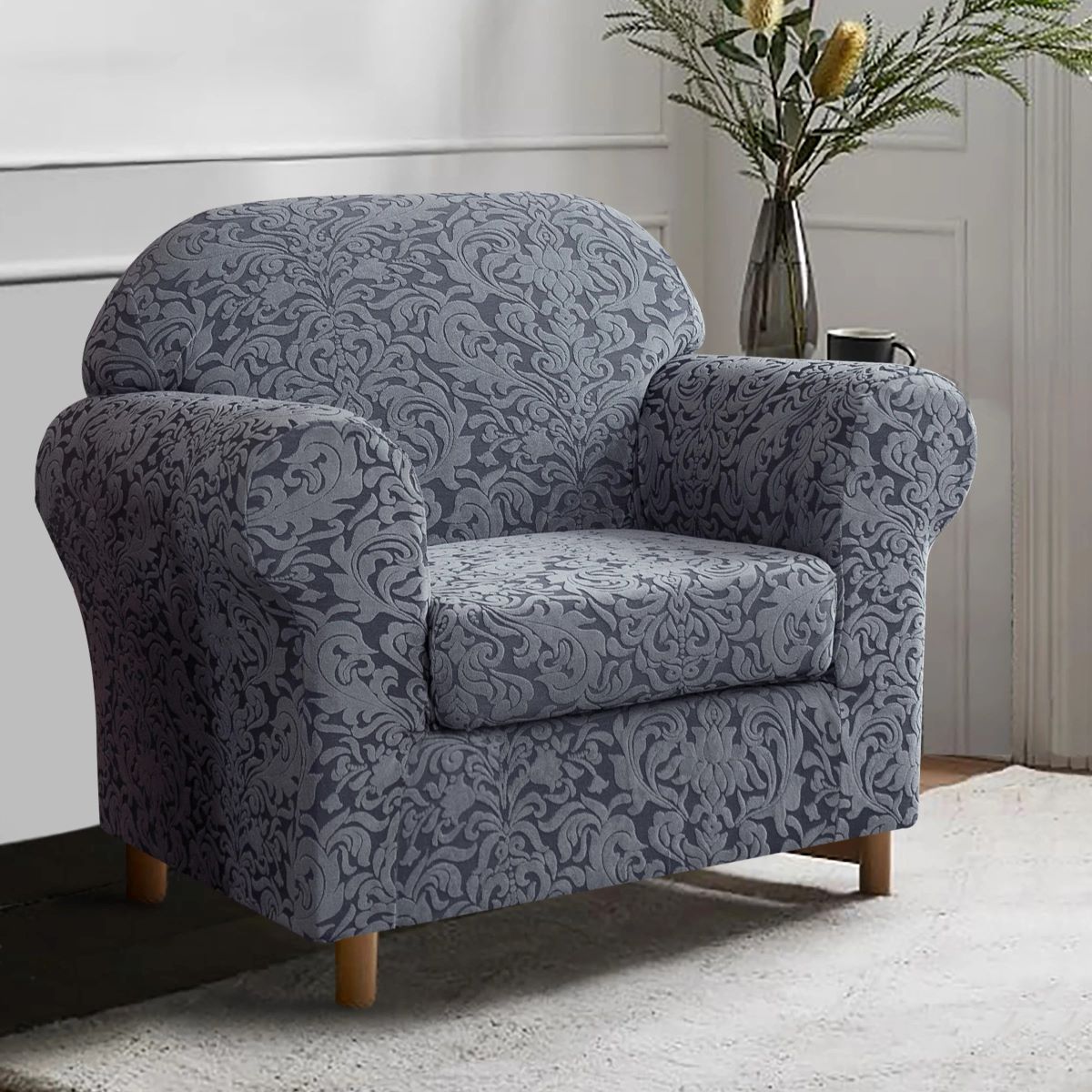
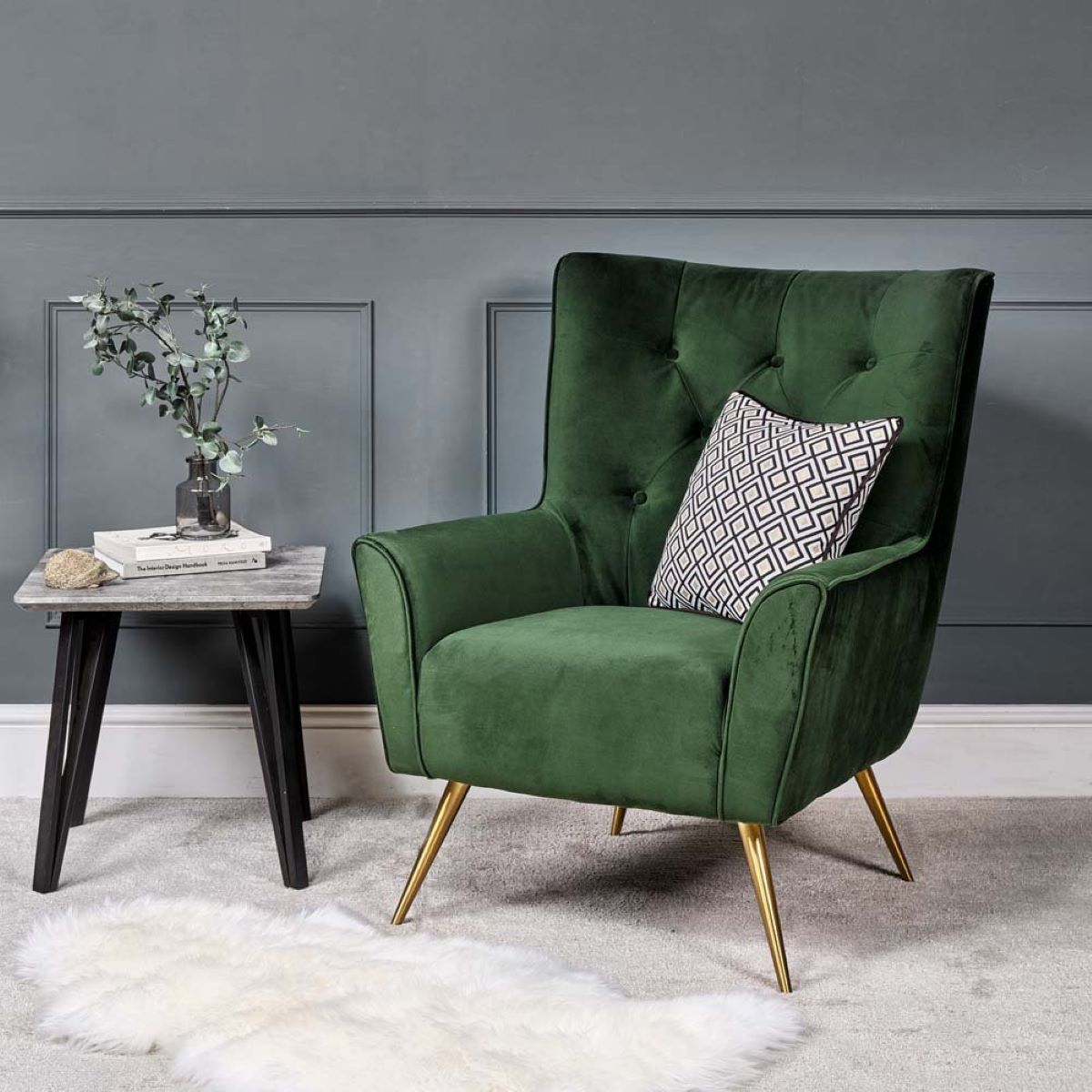
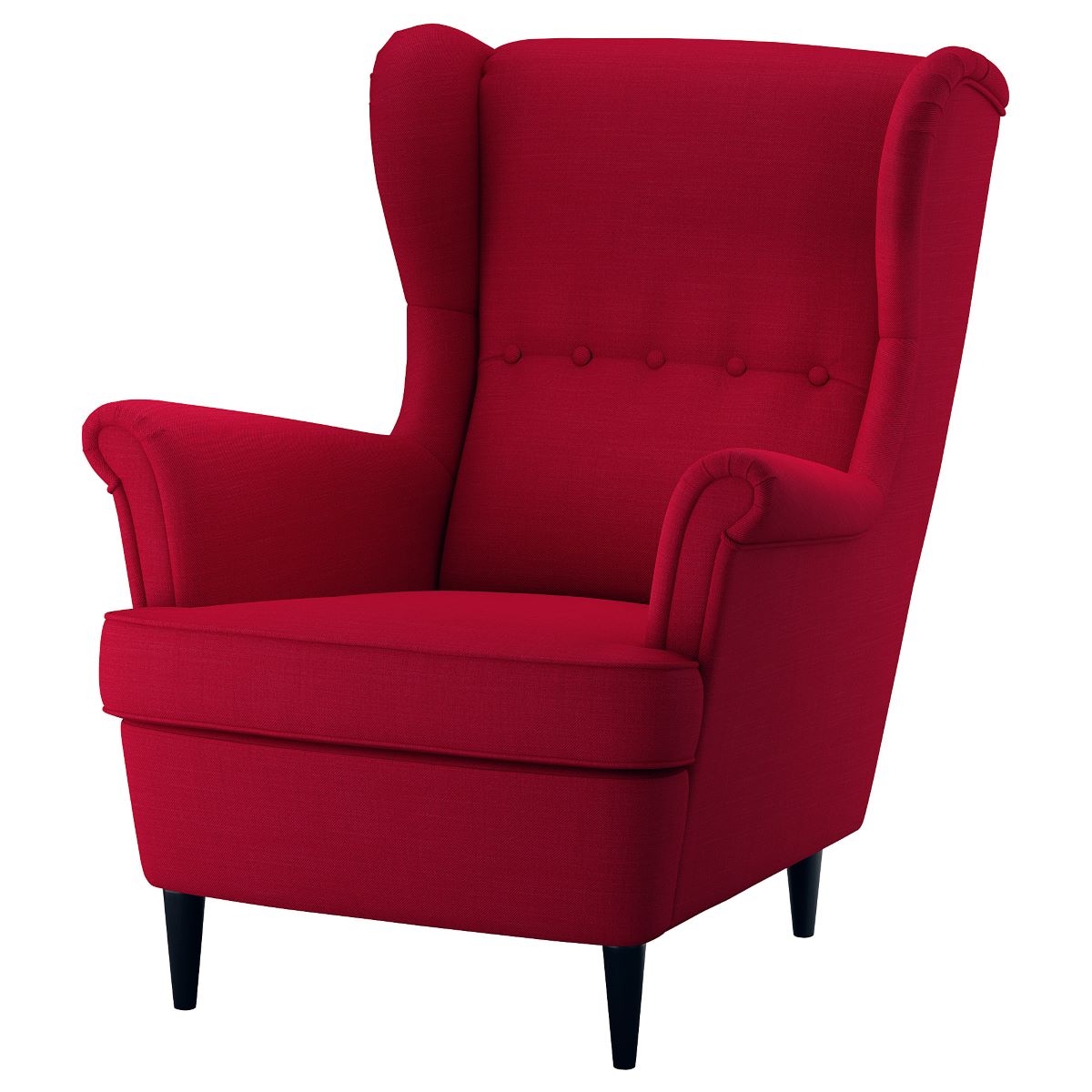


0 thoughts on “What Is An Armchair”